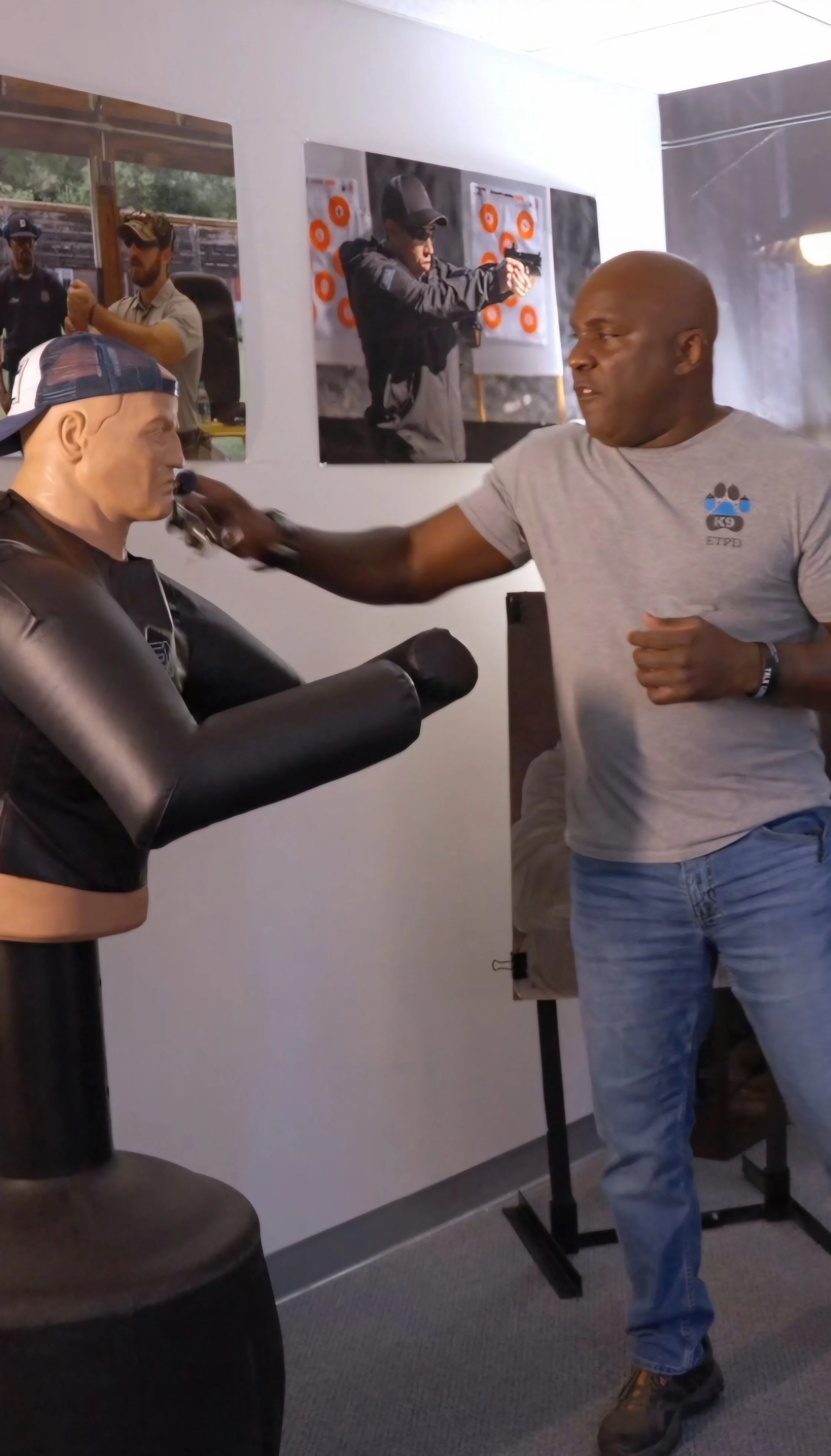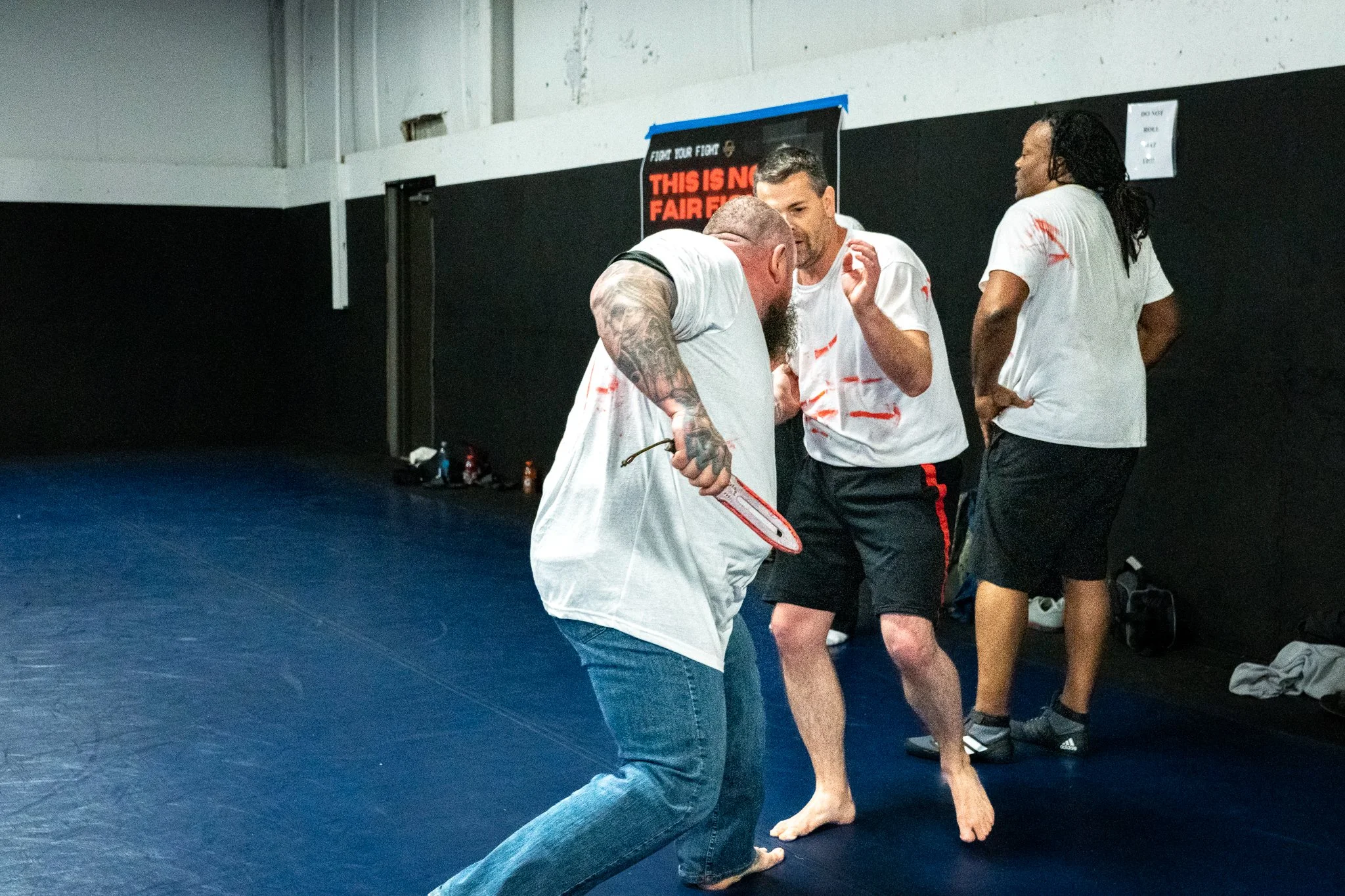Transitional spaces are often overlooked in terms of self-protection. You know those moments when you're moving from one place to another? Your car to the office, the store, or home? Those quick, seemingly ordinary transitions are prime opportunities for potential threats to catch us off guard. In these spaces, people are usually preoccupied with their phones, thoughts, or tasks, making them more vulnerable to danger. A heightened level of situational awareness is super important in navigating transitional spaces. If something is about to happen, you'll likely spot some telltale signs if you're alert. However, if something slips your awareness and danger presents itself at close range, do you know what to do? We're here to provide you with some strategies to enhance your safety in these transitional spaces.
Using Your Tools
People tend to stow away their keys to keep their hands free in these transitional spaces. What they might not realize is that keys can serve as a tool in moments of potential danger. If a threat arises, you can use them to buy yourself a few seconds. A natural flinch response of your keys to the face, followed by a post, briefly distracts the threat and inflicts some pain. Not only that, but by assuming the posting stance, arm firmly extended with your keys to the face, you create a barrier between yourself and the threat. This gives you time and space to access and deploy your edged weapon.
Demonstrating using your keys to strike an attackers face leading into the post.
Want More Free Pro Training, Interviews, and Discounts on More Advanced and Live Training? Click Below to Join Our Email List
How To Deploy Your Edged Weapon
Now, while you're using those keys to post, use your other hand to lift your garment and find a grip on your blade. This natural resting point on the handle is your index. With a firm grip, bring the blade into action. Depending on the situation, you have options once the blade is out. You can aim for the arms if they're coming at you, deliver a high or low strike, or employ any necessary means to fend off the attacker and get out of there safely. Click here for more details on deploying your edged weapon.
Conclusion
Remember situational awareness is your first line of defense in transitional spaces but if a bogey gets through that line, you know what to do. To sum it all up: Post, index, grip, deploy, and take action. How you wield that blade is a whole other story that we can’t cover in detail here. We teach this and other techniques in our Anatomy of a Knife Attack Course. It’s a comprehensive, battle-tested system using a training tool we invented that gives you immediate, accurate and memorable results. Click here to see what that course is like. If you think it’s for you, enroll in a course and meet us on the mat. Stay sharp, stay safe, and keep learning.
Want more content like this? Sign up for our email list, check out our website, and show your support by liking, sharing, and subscribing on this blog, Instagram, Facebook, Linkedin, Reality Check Radio and YouTube.
About the Author
Hank Hayes is a Combat Arts Hall of Famer and inventor of the No Lie Blade. He is the founder and CEO of both Intuitive Self Protection and NLB Tactical and creator of the ISP/NLB viscous fighting system. Since 1998, he has trained well over 30,000 Military and Law Enforcement personnel via Government contract mainly at the elite special teams level and continues to train both civilians and MIL/LE how to come home safe.


